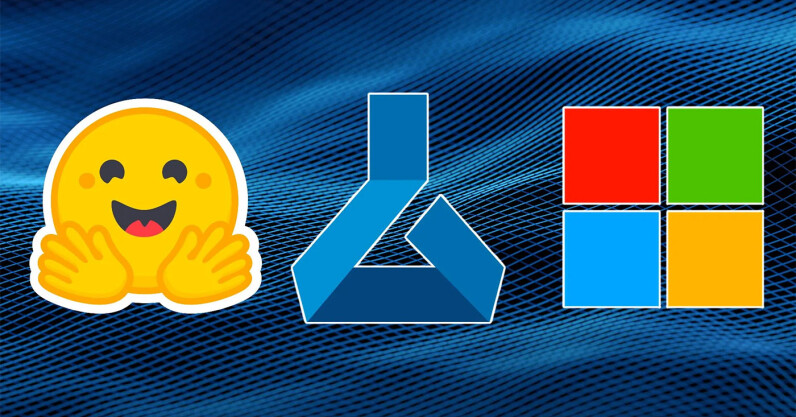
This article is part of our series that explores the business of artificial intelligence. Last week, Hugging Face announced a new product in collaboration with Microsoft called Hugging Face Endpoints on Azure, which allows users to set up and run thousands of machine learning models on Microsoft’s cloud platform. Having started as a chatbot application, Hugging Face made its fame as a hub for transformer models, a type of deep learning architecture that has been behind many recent advances in artificial intelligence, including large language models like OpenAI GPT-3 and DeepMind’s protein-folding model AlphaFold. Large tech companies like Google, Facebook, and Microsoft have been using transformer…
This story continues at The Next Web
from The Next Web https://ift.tt/KXgR7kn
Comments
Post a Comment